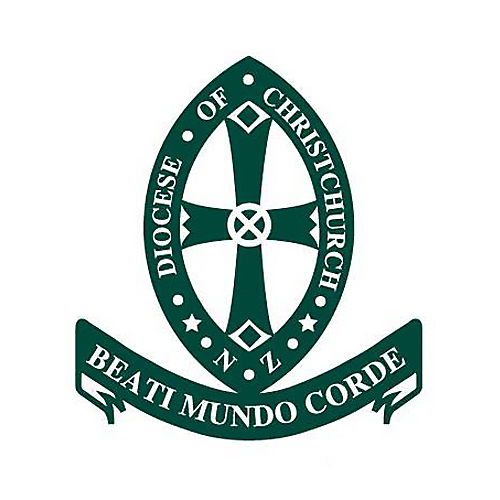
From the Archives
Did you know that this is not the first time our school has been closed or affected as the result of a pandemic? The diseases that have affected the school include measles, mumps, influenza, scarlet fever, and polio over our 110-year history.
Reading through the yearbooks from 1912, the first yearbook, to 1961 (all that I brought home with me!) there are at least nine times that SMC has been affected in some way by the diseases mentioned above. In 1912 mumps infected the boarders, in 1915 the lower school was decimated by measles and scarlet fever closed the school early in Term 3 of 1915 so that prizegiving had to be postponed into 1916 when school reconvened. Mumps appears regularly with various classes and sections of the school being quarantined at the time.
If you happen to have the time to work your way through the yearbooks, you will see there is no book for 1918, this is not because of the war but because of the influenza epidemic that struck the Canterbury area late into Term 3, causing the early closure of the school. This is from the 1919 yearbook:
“Cases of influenza had been in Christchurch during October, and several of St. Margaret’s girls had been ill, but not seriously.
On November 8th, the School had Exeat, and then it was that the terrible illness spread through Canterbury. No one knows quite how the disease came. The joyful crowds assembled on Armistice Day spread infection, undoubtedly, and so did the arrival of so many people for the Show.”
With the school closed the Sisters were able to open the boarding house at Armagh Street as a hospital, mainly for children. Here many young children were nursed back to health by not only the Sisters, the school nurse, Miss Edgar and friends, but also some of the girls. The day school in Cranmer Square was turned into a kitchen to feed the ill. The school did not reopen in 1918.
Fast forward just a few years to 1925 and there was a four-month closure due to Infantile Paralysis (Polio). “The long holiday had its effect, for it made everyone realise the value of regular work. Correspondence work gave something to fill up the time, but home is not as easy a place to work in as school, and it was with glad hearts that both teachers and taught returned to their ordinary school duties.” Polio continued to create challenges for school with a delay to the start of the school year in 1927 and 1948 and also in 1943 juniors being placed in quarantine for five weeks.
